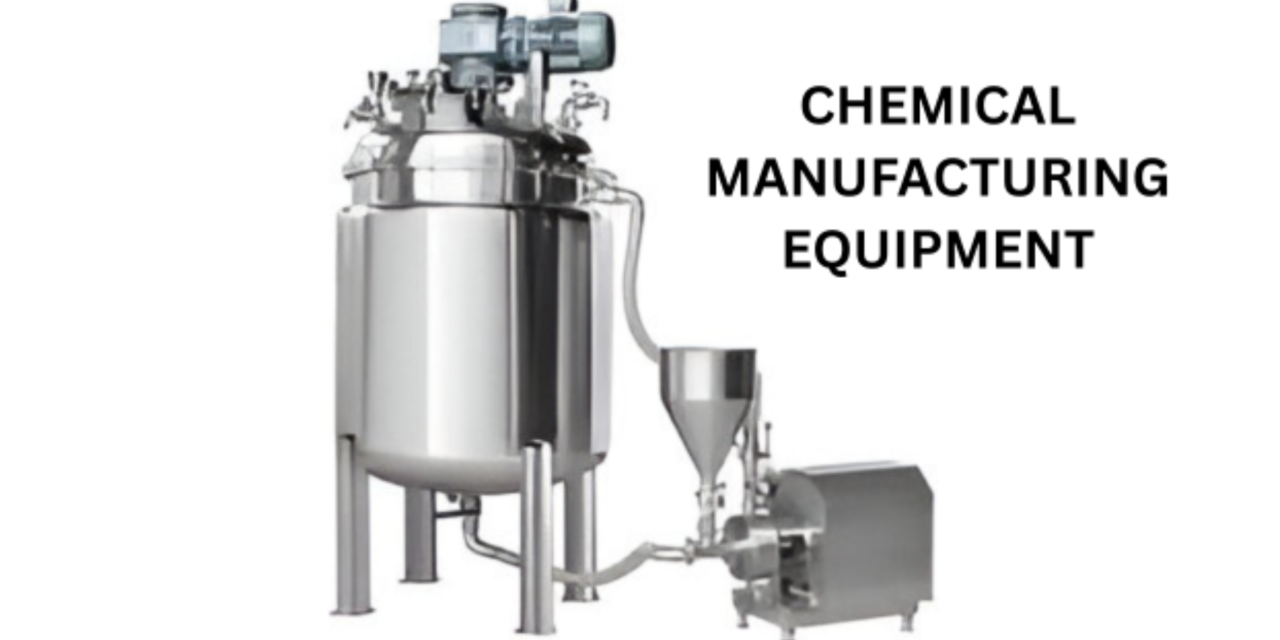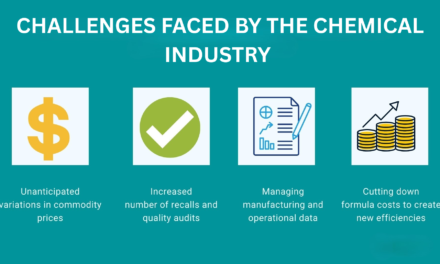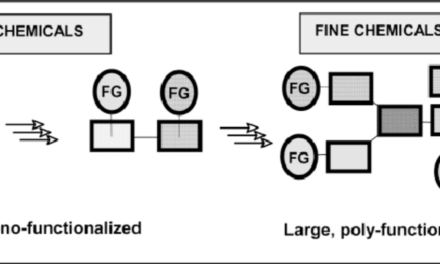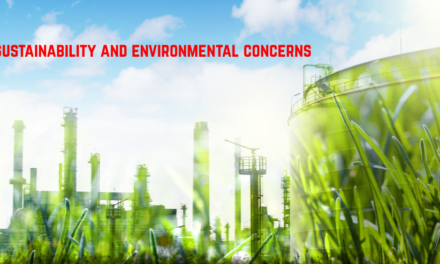Various factors, including raw material prices, technological advancements, labor costs, and global economic conditions influence the cost trends in basic chemical manufacturing equipmentions. Here’s an overview of the current landscape:
1. Equipment Cost Indexes
- Chemical Engineering Plant Cost Index (CEPCI): This index is a widely accepted indicator for tracking the cost variations in chemical plant equipment. It reflects changes in equipment, construction labor, buildings, and engineering supervision costs. Regular monitoring of the CEPCI provides insights into capital cost fluctuations over time.
- Marshall and Swift Equipment Cost Index: Another commonly used index that tracks the cost changes in process industry equipment, offering a broader perspective across various industrial sectors.
2. Recent Trends
- Stabilization in Equipment Costs: Recent data indicates a stabilization in equipment costs for chemical manufacturing. For instance, the Producer Price Index by Industry for Chemical Manufacturing has shown minimal fluctuations in recent months, suggesting a period of relative cost stability.
- Impact of Raw Material Prices: The decline in petroleum prices, a key component for chemical manufacturing, has influenced overall production costs. For example, import petroleum prices fell by 23.3% for the year ended December 2023, contributing to a 3.1% decline in import prices for chemical manufacturing during the same period.
3. Factors Influencing Equipment Costs
- Technological Advancements: Innovations in equipment design and manufacturing processes can lead to cost reductions. However, the integration of advanced technologies may require significant initial investments.
- Supply Chain Dynamics: Global supply chain disruptions, material shortages, and logistical challenges can impact equipment availability and pricing. Recent global events have highlighted the vulnerability of supply chains, affecting equipment costs.
- Regulatory Compliance: Adherence to environmental and safety regulations may necessitate additional features in equipment, influencing overall costs. For instance, equipment designed to meet stringent emission standards may be more expensive due to the incorporation of advanced control technologies.
4. Regional Variations
- Location Factors: Equipment costs can vary significantly based on geographic location due to differences in labor rates, material availability, and local regulations. Location factors are used to adjust cost estimates to reflect regional cost variations accurately.
5. Future Outlook
- Sustainability Initiatives: The industry’s shift towards sustainable practices may drive investments in new equipment technologies, potentially affecting cost structures. Equipment designed for energy efficiency and reduced environmental impact may involve higher upfront costs but offer long-term savings.
- Economic Indicators: Monitoring economic indicators and industry-specific indexes is crucial for anticipating future cost trends in chemical manufacturing equipment. Staying informed about market dynamics can aid in strategic planning and budgeting.
Conclusion
While recent trends indicate a stabilization in equipment costs for basic chemical manufacturing, ongoing monitoring of industry indexes and economic factors is essential. Factors such as technological advancements, supply chain dynamics, and regulatory changes continue to influence cost trends, necessitating vigilance and adaptability in capital planning and investment strategies.
Hashtags
#CostTrends #ManufacturingCosts #EquipmentCosts #IndustrialPricing #ChemicalIndustryEconomics #ChemicalManufacturingEquipment#ChemicalEquipment #ProcessEquipment #ManufacturingMachinery #IndustrialEquipmentTrends #ChemicalPlantCosts #MarketandEconomicFactors#MarketDynamics #GlobalCostTrends #EconomicImpacts #SupplyChainCosts #IndustrialMarketTrends #InnovationandTechnologyImpact#TechForIndustry #InnovativeEquipment

















